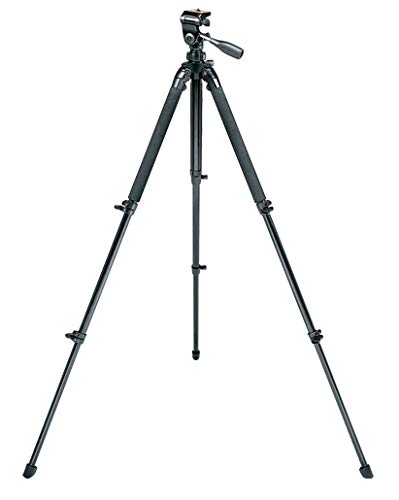The technique of afocal lunar photography may be done with any camera. Still, digital cameras are ideal for this method since you get to see the shot instantly and can learn from your mistakes and improve your skill rapidly. Because typical digital cameras are incapable of taking long exposures, they cannot be used for all astrophotography methods. However, using the afocal approach, only short exposures are necessary.
Contents
Afocal (Lunar) Photography
This technique is very effective for shooting the moon and planets. The moon is the most fantastic location to begin since it is easy to locate and extremely bright, which makes shooting it very simple. That is why some call this method lunar photography.
If you’re using film, experiment to find the ideal exposure for the moon, which only requires exposures similar to daylight (1/250th-1/30th), or refer to this exposure guide for more information. Photographs of a half or crescent moon appear better than photographs of a full moon because the light forms shadows on the moon’s craters, making them seem more realistic.
The afocal approach is a fancy word for something that is actually quite simple: it just entails holding the camera up to the eyepiece and capturing a picture.
Take advantage of the camera’s zoom feature to obtain further magnification; but, if you’re using a digital camera, avoid utilizing digital zoom because it will lower the image quality and resolution.
Begin with taking photographs of the moon at lower magnifications, as this is quite simple. The vibrations in your palm will make it hard to snap a nice shot when you increase the magnification or use longer shutter speeds.
To avoid this, you may use the camera’s timer feature (or, if you have an SLR, a cable release) to postpone the shutter release. This prevents you from hitting any buttons either before or right after the shutter opens, which generates the vibrating shutter effect.

Use a tripod
In order to keep the camera stable while using extremely high magnification or when photographing things that are brighter than the moon (e.g., planets), you’ll need to use a tripod to hold the camera up to the eyepiece. A new development in this field is a gadget that you can purchase to clamp onto the eyepiece and hold onto the camera.
This implies that you may utilize the auto-guiding functions of your telescope if it has them, which will allow you to take longer exposures (a few seconds) at high magnification. This would be difficult if the camera was stationary since the camera would shift in the eyepiece due to the Earth’s motion (trailing). It also eliminates the need to move the tripod around during the night as you take images throughout the night.
Conclusion
The afocal approach has a lot of promise, but it also has a lot of restrictions. If you want to attempt something a little more daring, read about those methods:




